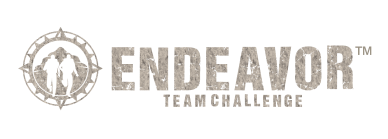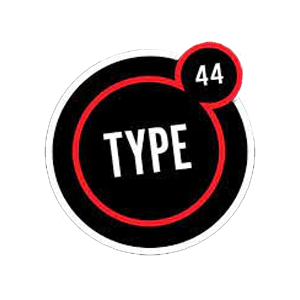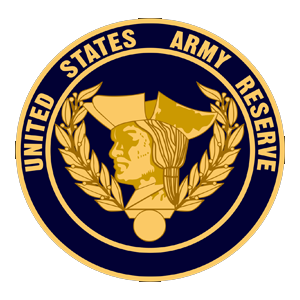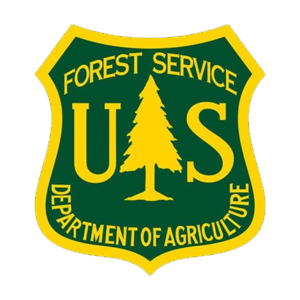BLOG ARTICLES
2013 Lessons Learned and the Path Forward
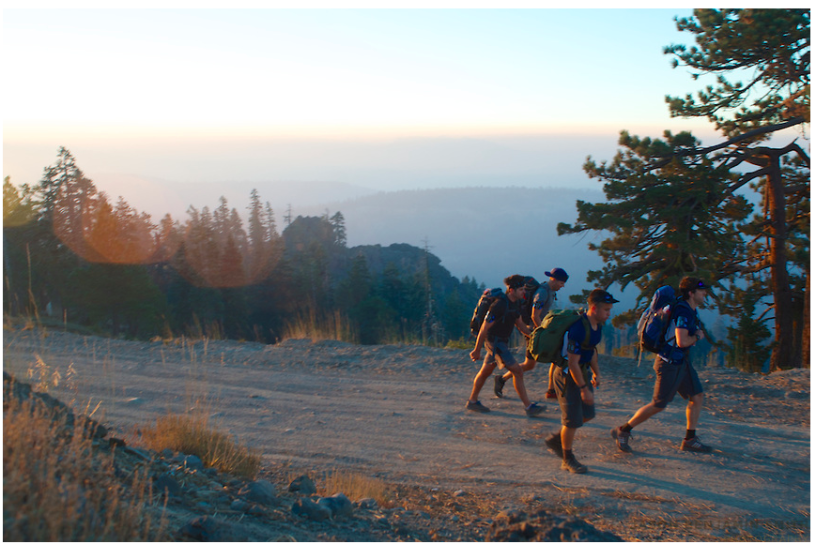
I. Summary:
This post is a roll up of our goals for the 2013 Endeavor Team Challenge, how we did in achieving them, and what changes we are making for next year.
II. The Goal:
When we designed the Endeavor Team Challenge our goal was to build the ultimate culminating fitness event. In our minds such an event needed to be the following things:
- Accessible to the average athlete (with training)
- A broad test fitness
- Something fun to train for and to compete in
- Physically and mentally challenging
- Extremely well run
a. Making it Accessible:
We recognized that a growing group of people was searching for a new type of capstone fitness event. CrossFit and similar training programs had created a new generation of motivated fitness enthusiasts. We built the Endeavor Team Challenge with these people in mind. They are not professional athletes, or adventure racers with all the gear; they are folks with day jobs who want to push themselves to new limits, have an awesome adventure, and find out what they are made of.
We made the Endeavor Team Challenge accessible to these people by doing the following:
- Duration: short enough to complete in a weekend (<36 hours).
- Location: 4 hour driving distance from a major metropolitan area.
- Skills required: minimum skill requirements were basic, so that the average person could learn them within a training cycle.
- Equipment: only required to bring personal equipment (clothing, pack, etc.).
- Price: tried hard to keep the price point as low as possible, while delivering a top quality event. We recognized that a premier event, especially one with all that we wanted to include, had significant costs.
b. A Broad Test of Fitness:
A culminating fitness event should be a benchmark for competitors to measure their level of fitness. After multiple conversations, some research, and guidance from OPT, we settled on our definition of fitness: the ability to perform under stress. To measure fitness broadly we designed the event to test participants’ ability to perform a variety of different tasks under varying types and intensities of stress.
To the greatest extent possible we tried to pick events that were objective to evaluate, to ensure fair scoring across the field. We did our best to stay away from familiar or contrived tasks. We wanted to see how competitors held up against unknown real-world tasks. For example, we asked them to move across the difficult terrain, overcome obstacles, and carry heavy objects. We did not tell them how they should accomplish the tasks, but evaluated their ability to perform them compared with other athletes.
Some examples of events included in the first Endeavor Team Challenge:
- Long distance movements (under load, and not under load)
- Short distance movements
- Strength Events
- Orienteering
- Obstacle Course
- Teamwork Reaction Course (problem solving)
- Rock Climbing
- Swimming
- Kayaking
- Rappelling/ Traverse
- Battle Drill (Fitness Test)
c. Making it Fun:
A culminating fitness event should be both a test of how far competitors have come during training and a celebration of their efforts. We wanted our competitors to walk away from the event proud of their accomplishment and energized by the experience. Epic views of the Sierras, kayaking, mountaineering, rock climbing, rappelling, swimming, the obstacle course, orienteering, to name a few, were all meant to be exciting experiences that competitors would appreciate and enjoy.
The event also was designed to encourage a training regimen that was well rounded and fun. It provided gym members a reason to get outside, get on the rock and climb, or explore the wilderness around them with a map and compass. It provided endurance athletes a reason to get in a gym and take on a tough workout. We hoped that the event would be as fun and rewarding to train for as it was to compete in, and that it would reward competitors with tough and balanced training regimens.
d. The Importance of a Challenge:
We are of a firm belief that there is something special about pushing yourself beyond what you think your limits are. The course was designed to be grueling. We wanted our competitors to reach a moment when they felt they couldn’t (or didn’t want to) continue and to wrestle with that moment. We know that people are capable of much more than they think possible. We wanted to provide our competitors the opportunity to find this out about themselves.
Having a teammate, especially one you have trained with, allows for one competitor to provide a source of strength when the other is feeling weak. The two-person team format provides strength greater than the sum of its parts, allowing us to present greater challenges for competitors to overcome.
e. Well Executed:
Our focus was on 3 things on game day: the safety of the competitors, the competitor experience, and the integrity of the competition.
1. Safety of competitors: We put extra effort to minimize any of the inherent risks of a competition of this magnitude. We had safety personnel on standby throughout, with back up and contingency plans for taking care of injured or endangered competitors.
The Rim Fire, and associated poor air quality preceding the event, put this to the test. Ultimately, with the full support of local health officials and encouraging forecasts from the State’s leading experts, we decided to open up the course as planned. That decision was rewarded with great weather and clear skies.
2. Competitor Experience: We wanted to put on a world-class event. We wanted our competitors to be treated like world-class athletes. We wanted them to feel that the course was seamlessly put together from start to finish.
3. Integrity of the competition: We wanted to ensure that the competition was graded fairly and accurately. This will remain a focus in future events, where unique terrain will always counter-balance consistency. Additionally, automating our systems will provide more accurate and timely results for competitors and spectators.
III. The Results:
We are our probably our own harshest critics, but even we had to admit that the event was a success based on the criteria listed above. We filled up registration, and despite smoke pouring in from the Rim Fire (the 3rd largest wildfire in California’s history) for the few weeks prior to the event we still had 36 of 50 teams show up to compete. The teams that showed up represented a broad cross section of fitness backgrounds, including crossfitters, triathletes, ultra-runners, SWAT team members, Navy SEALs, Army Rangers, Marines, football players, and adventure racers. We were also thrilled to have a strong field of female athletes, all of whom posted impressive results. 26 of these teams earned finisher coins.
No one discipline dominated. The winners were CrossFit trained ultra-runners, but they almost lost to two 50+ year-old obstacle race enthusiasts. Trailing by one point was a CrossFit gym owner and his friend. For the top three teams, the final run determined their overall rank order. Right behind these teams was a male/female team with a rock climbing and adventure racing background.
More importantly, every competitor, even those that got hurt or dropped out, seemed to have a very positive experience. Of the competitors that answered our post event survey 91% responded that they would be extremely likely to recommend the event to a friend or colleague. In addition, we received several positive notes from competitors after the event about their experience, and a large majority felt that the event was an excellent test of competitor fitness.
IV. The Lessons Learned and Path Forward:
We spent the last month going over the event data, competitor critiques, and the financial results to determine how to better achieve the objectives listed above, and how to make the event sustainable so that we could offer it year after year and expand to new locations. After digesting all this information we decided to take the following actions:
- We are keeping the field of competitors small – limited to around 200 competitors an event. This is based on overwhelming competitor feedback that there was something special about the small field of competitors, and our own concerns about the competitor experience suffering with too many competitors.
- We are raising the registration price by around 25% (necessary to keep the field of competitors small and retain the quality of the event).
- We are going to solicit the help of local CrossFit or similar Gyms to help with the Battle Drill at each event (provides a great marketing opportunity for a local gyms – gets us high quality, enthusiastic, event judges).
- We are going to modify day land navigation in order to maximize time on competitor field.
- We are implementing operational flow changes in the event to remove wait times in Competitor Field and at the start of the Battle Drill.
- We are going to do our best to remove non-human powered transport (buses) by modifying the course.
- We will offer MREs for purchase to competitors who are interested (a lot of competitors did not end up using them, though some really enjoyed them).
- We are going to charge spectators for food during the awards ceremony and BBQ.
- We are looking to expand to the following areas, but will only host an event if there is sufficient demand to fill it up. Our priority is to put on the highest quality events possible. Expansion should only happen if there is a market for the event and we are comfortable that we can put on a flawless event.
- New England
- Southern California
- Colorado
- Pacific Northwest
- Southeast
- Texas
- We will allow competitors the option to purchase Endeavor branded clothing and gear.
- We are updating and expanding our training blog.
- We are updating our registration system.
- We are actively soliciting title sponsors for the event as well as regional and local sponsors.
- We are going to build out our online presence on event day. We want to have a constant update for spectators to watch and find out how the teams are doing.
